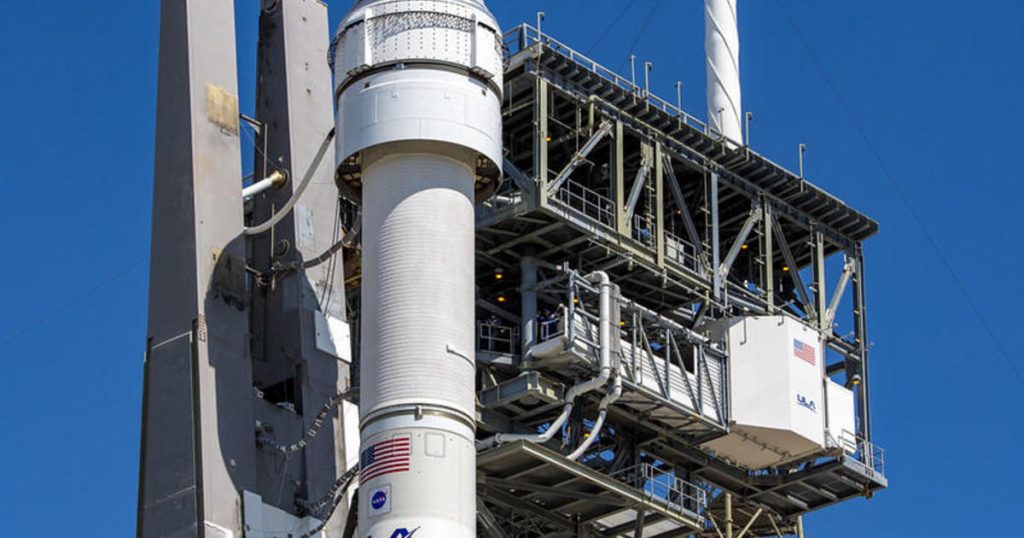Boeing’s Starliner spacecraft launch has been delayed by at least four more days due to ongoing work to resolve concerns about a small helium leak in the propulsion system. The launch is now scheduled for May 25, with Mission commander Barry “Butch” Wilmore and co-pilot Sunita Williams aiming for a launch at 3:09 p.m. EDT from Cape Canaveral Space Force Station. The astronauts had initially hoped to launch on May 6, but the countdown was called off due to trouble with an oxygen pressure relief valve in the Atlas 5 rocket’s Centaur upper stage.
The helium leak in the Starliner’s propellant pressurization system was noted during the original countdown to launch, but it was within safe limits for flight. After replacing the oxygen valve in the Atlas 5, managers decided to take a closer look at the helium issue. The leak was detected in plumbing within one of the four “doghouse” assemblies on the exterior of the Starliner’s service module, which house thrusters and maneuvering jets. Despite tightening bolts and running tests, the leak was still present, leading to a new launch date of May 25, pending further data reviews and analysis to ensure the leak will not worsen during flight.
NASA confirmed that the leak in the flange is stable and would not pose a risk during flight, but the engineers are working on developing operational procedures to ensure system performance and redundancy during the flight. Wilmore and Williams, both experienced Navy test pilots and astronauts, are expected to return to Florida next week for the launch. The Starliner is one of two commercially developed crew ferry ships contracted by NASA after the retirement of the shuttle program in 2011, with Boeing awarded $4.2 billion for its development.
SpaceX, the other contractor, has already launched multiple crewed missions to the International Space Station using their Crew Dragon spacecraft. Wilmore and Williams will be the first astronauts to fly aboard the Starliner, despite a series of technical glitches that have delayed its development and testing. These issues included major software problems during an initial unpiloted test flight in December 2019 and corroded propulsion system valves that delayed a second uncrewed test mission in May 2022. Work is ongoing to address these issues and ensure a successful launch for the Starliner.
Overall, the delays in the Starliner’s launch have been caused by concerns over a helium leak and other technical glitches, ultimately leading to a new launch date of May 25. Despite these setbacks, the team is working diligently to resolve the issues and ensure the safety and success of the mission. Wilmore and Williams are prepared to fly to the International Space Station on the Starliner, marking an important milestone in the development of commercially developed crew ferry ships for NASA.


